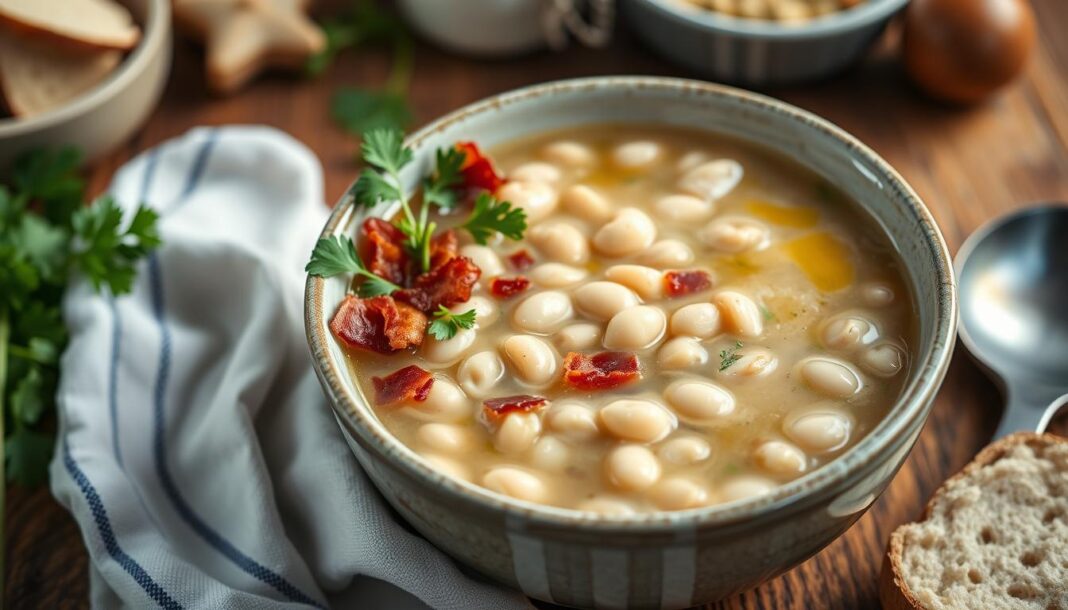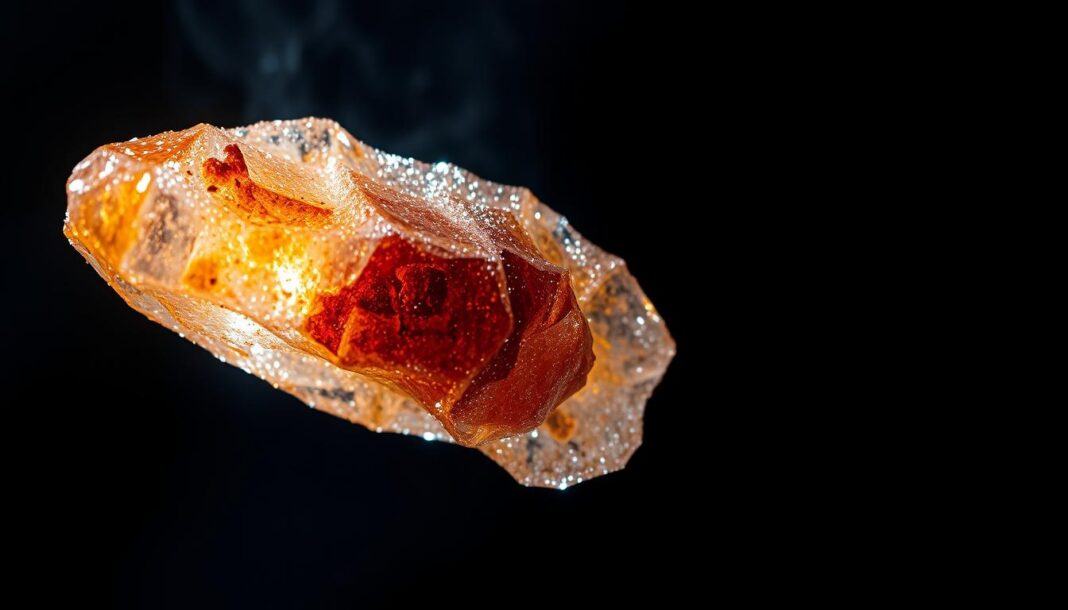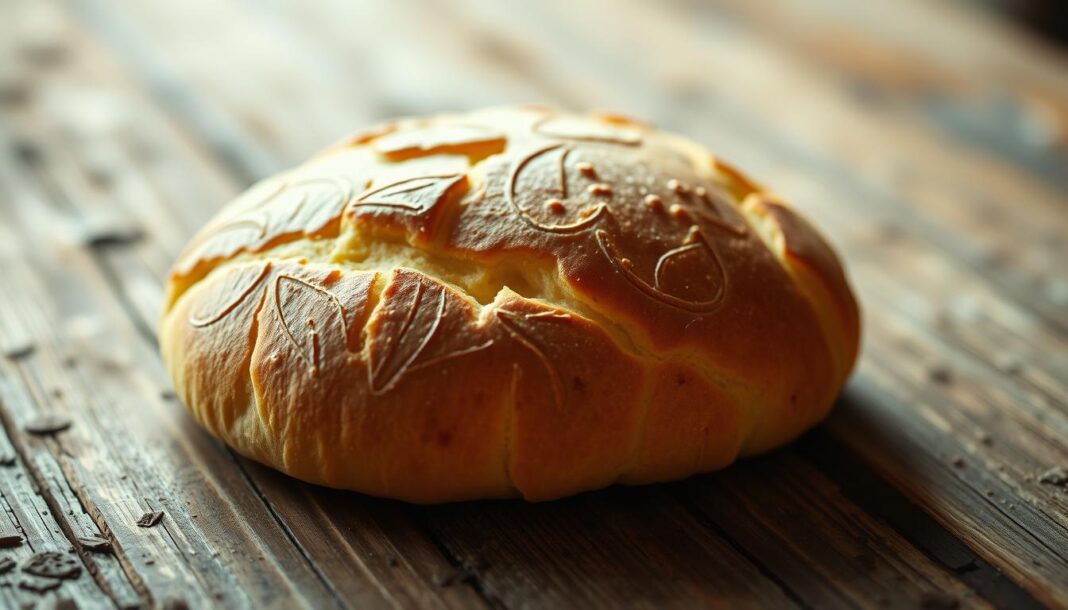The combination of white beans and bacon is a classic for a reason – it creates deeply satisfying dishes with minimal effort and maximum flavor. For us, a simple bowl of bean soup is the epitome of comfort food, offering a rich, savory experience that’s hard to resist.
At Historical Foods, we’re passionate about empowering home cooks with the knowledge to create exceptional meals. In this guide, we’ll walk you through the process of making delicious white bean soup, from selecting the right ingredients to presenting the final dish. Whether you’re a casual cook or a culinary enthusiast, our tips will help you elevate your cooking and bring out the best in this comforting recipe.
By mastering the art of combining bacon and beans, you’ll be able to create a variety of dishes that are sure to please, from hearty soups to crispy fried treats.
The Perfect Pairing: Why White Beans and Bacon Work So Well Together
In the world of comfort food, few pairings are as iconic as white beans and bacon. This classic combination has been a staple in many cuisines, and for good reason. The synergy between the creamy texture of white beans and the smoky, savory flavor of bacon creates a dish that’s both hearty and flavorful.
Flavor Profiles and Complementary Textures
The mild flavor of white beans provides an excellent backdrop for the rich, smoky taste of bacon. The contrast in textures – the tender beans and crispy bacon – adds depth to any dish. We find that this combination works well in soups, stews, and even salads, where the bacon adds a satisfying crunch.
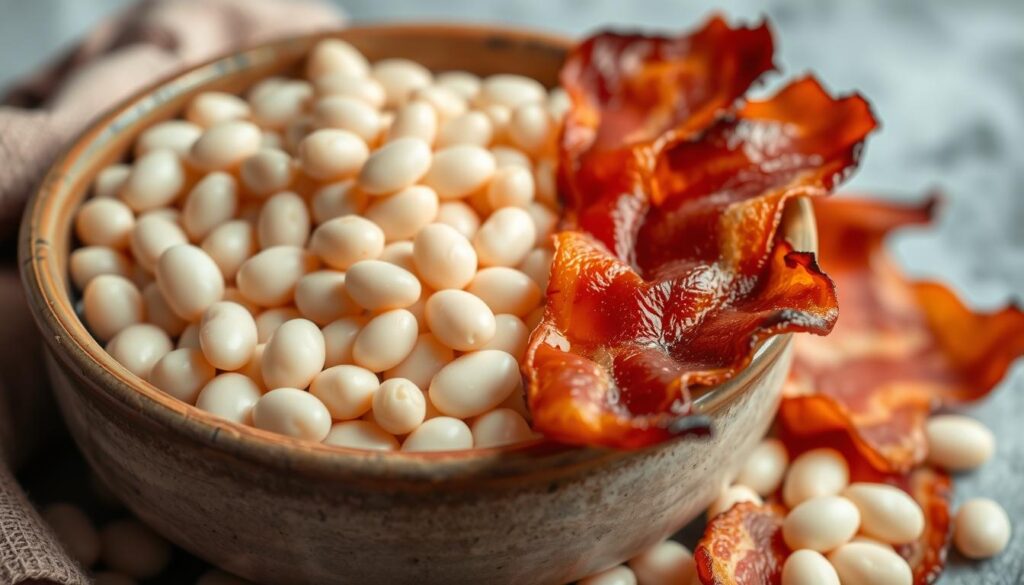
Types of White Beans to Consider
When it comes to choosing the right white beans for your recipe, there are several varieties to consider. Here’s a brief overview of some popular options:
| Bean Type | Flavor Profile | Texture |
|---|---|---|
| Great Northern | Mild | Firm |
| Cannellini | Nutty, earthy | Tender |
| Navy beans | Delicate | Creamy |
| Baby lima | Buttery, slightly sweet | Buttery |
Each of these bean varieties absorbs flavor differently and requires slightly different cooking times. By choosing the right type of white bean for your recipe, you can create a dish that’s tailored to your desired texture and flavor profile.
Preparing Your White Beans for Cooking
To get the most out of your white beans, whether you’re using them in a hearty soup or a simple side dish, preparation is crucial. The method you choose depends on whether you’re working with dried or canned beans.
Working with Dried Beans: Soaking Methods
Dried beans require soaking to rehydrate them before cooking. There are two primary methods: the overnight soak and the quick soak. For an overnight soak, simply cover the beans with water and let them sit for 8 hours. For a quick soak, boil water, add the beans, and let them sit for 1 hour off the heat. After soaking, drain and rinse the beans before using them in your white bean soup recipe.
Using Canned Beans: Time-Saving Tips
Canned beans offer a convenient alternative to dried beans, saving you significant time without sacrificing quality. Here are some tips for using canned white beans effectively:
- Drain and rinse canned beans under cold running water to remove excess sodium and starchy canning liquid.
- Add canned beans towards the end of your cooking time—about 15-20 minutes is sufficient for them to absorb flavors.
- One 15-ounce can equals approximately 1½ cups of cooked beans, equivalent to ½ cup of dried beans after cooking.
| Bean Type | Cooking Time | Liquid Adjustment |
|---|---|---|
| Dried White Beans | 1-2 hours | Full liquid absorption |
| Canned White Beans | 15-20 minutes | Reduce liquid by 25% |
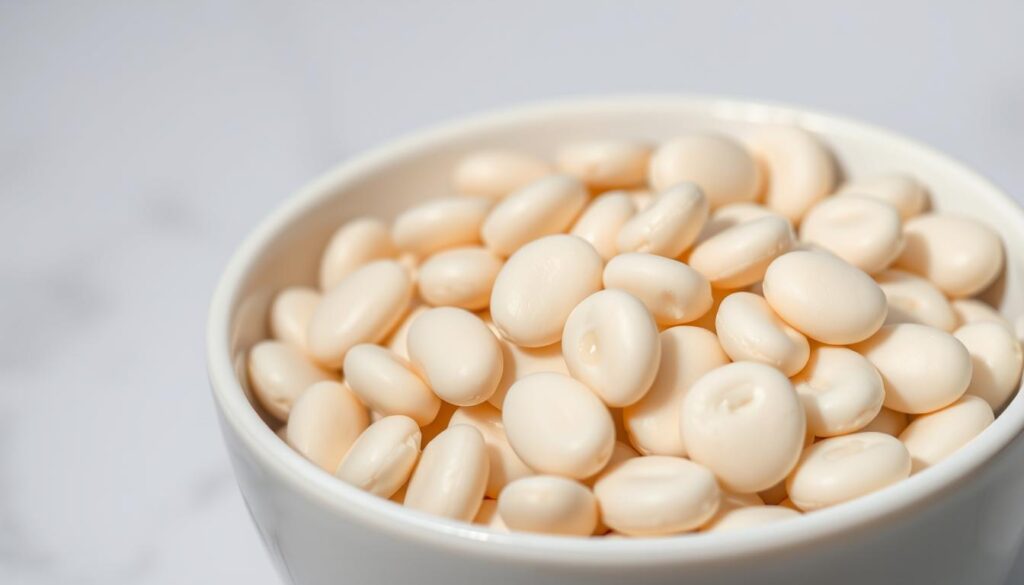
By following these guidelines, you can create a delicious bean soup or other dishes with perfectly cooked white beans. Whether you’re using canned or dried beans, the key is to adjust your recipe accordingly to achieve the best flavor and texture.
Bacon Selection and Preparation Techniques
Selecting the right bacon is crucial for enhancing the flavor of your white bean dishes. We recommend choosing a thick-cut, smoked bacon for its rich, deep flavor profile.
Choosing the Right Bacon for Bean Dishes
For bean dishes, particularly soups, a smoky bacon works wonders. It adds a depth of flavor that complements the beans perfectly.
Rendering Bacon Fat: A Crucial Step
Rendering fat from bacon is a fundamental step in preparing many white bean recipes. To do this, cook the bacon in a large, thick-bottomed pot or Dutch oven over medium-heat. Let it cook for a couple of minutes until it starts to release its fat. Then, add chopped onion and garlic to sauté until softened.
- Start with a cold pan to extract maximum fat without burning the bacon.
- For soups, render the bacon until it’s just beginning to crisp.
- Use the rendered fat to sauté onion, garlic, and other aromatics.
- Save excess fat for future recipes.
By following these steps, you’ll enhance the flavor of your white bean dishes, making them richer and more satisfying.
Essential White Beans and Bacon Cooking Methods
To get the most out of your white bean and bacon dishes, it’s essential to master a few essential cooking techniques. We find that using the right methods can elevate this classic combination to new heights.
Simmering: Creating Rich Bean Soups
Simmering is a great way to create rich and flavorful bean soups. By cooking the white beans and bacon in liquid over low heat, we allow the flavors to meld together and the beans to become tender. This method is perfect for creating a comforting and satisfying meal in under 30 minutes.
Frying: Crispy White Beans with Bacon
Frying white beans with bacon adds a crispy texture that’s hard to resist. We start by rendering the bacon fat, then add the beans and cook until they’re golden brown. This technique is ideal for creating a delicious side dish or snack that can be served alongside a variety of recipes.
One-Pot Techniques for Easy Meals
One-pot cooking is a convenient and flavorful way to prepare white bean and bacon dishes. By cooking all the ingredients together in a single pot, we can create a hearty and satisfying dinner with minimal cleanup. This method is perfect for busy weeknights when we need to get a meal on the table quickly, and it’s great for making a large batch of soup or stew.
Flavor Enhancers and Secret Ingredients
The art of cooking white beans and bacon involves not just the ingredients, but also the subtle elements that enhance their natural flavors. To create truly memorable dishes, we need to look beyond the basics and explore the world of flavor enhancers and secret ingredients.
The Magic of Parmesan Rinds
One of the most effective ways to add depth to your white bean and bacon soup is by utilizing Parmesan rinds. These rinds are packed with umami flavor and can be simmered in the pot to infuse the broth with richness. Simply add the rinds to your pot along with the beans and bacon, and let the flavors meld together.
Aromatics: Garlic, Onions, and Herbs
Aromatics such as garlic, onions, and herbs play a crucial role in building the flavor profile of your dish. Sautéing these ingredients in bacon fat before adding the beans can create a robust and aromatic base. This step enhances the overall flavor and aroma of the final dish.
Acid Elements: Tomato Paste and Lemon
Acidic elements like tomato paste and lemon juice are crucial for balancing the richness of bacon and the creaminess of beans. Stirring in a tablespoon of tomato paste and cooking for a few minutes can add depth, while a squeeze of fresh lemon juice just before serving can brighten the flavors. Adding a sprinkle of paprika can further enhance the smoky flavor profile.
Conclusion: Serving and Storing Your White Bean and Bacon Creations
As we conclude our culinary journey with white beans and bacon, it’s clear that these ingredients form a versatile and flavorful base for a variety of dishes. To serve, consider enhancing your creations with thoughtful garnishes like crispy bacon bits or fresh parsley. A side of crusty bread and a simple green salad completes the meal, making it perfect for dinner.
For storage, refrigerate cooled leftovers in airtight containers for up to four days, or freeze for up to three months. When reheating, do so gently over medium-low heat, adding a splash of stock or water if the soup has thickened. These dishes, especially white bean soup, often improve with time, so consider making them a day ahead for even better results.
